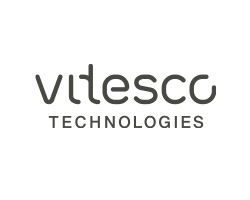The use of future-oriented technologies is essential for a production process to be as automated as possible. Machine learning methods and its particular sub-area, deep learning, are being used more and more broadly in many areas, for instance in quality assurance. However, the current application scenarios are characterized by non-scalable isolated solutions. Another challenge is cross-plant and cross-departmental collaboration in training, creating, deploying, and managing the models required for the assessment process that accompanies series production.
This requires a scalable and modular platform that provides extensible interfaces for the integration of different frameworks and various peripheral systems. The focus of this technology study was on two aspects. Firstly, the general applicability of the central Robotron Computer Vision Platform (RCV) and its toolchain for the implementation of use cases under series conditions. Secondly, the convenient creation, provision, release and management of models for the inference mode.
Other aspects to be considered were:
- Support for various frameworks
- Labeling and retraining by domain experts
- Support for different types of AI problems (not only vision)
- Central model management and sharing (for domain experts and quality)
- "Internetless" model operation - prediction of inference runs in encapsulated production network

